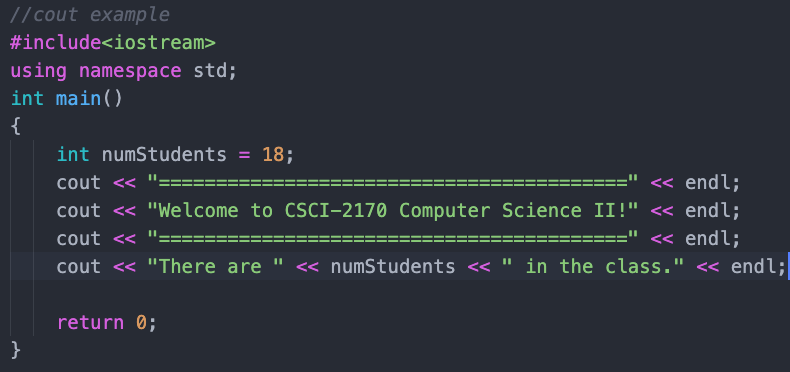

Rule 2: If the month is between January and March then the fiscal year begins with the letters “FY” and then the previous calendar year and then a forward “/” and then the last two digits of the current calendar year.Rule 1: If the month is between April and December then the fiscal year begins with the letters “FY” and then the current calendar year and then a forward “/” and then the last two digits of the following calendar year.We want to implement the following two rules:

If you’re interested in how this formula works, please read on. Here is the formula in cell B2 that will convert the date in cell A2 into a fiscal year: Here are some examples of what we want to do: Let’s assume the fiscal year runs from April to March.
Clearing the screen in speedcrunch how to#
In this post, I’ll demonstrate how to create an Excel function that will tell you which fiscal year any date belongs to. A fiscal year that runs from April 1 to March 31 of the following year is quite common. Many governments and businesses use fiscal years that are different than the calendar year. I’ve created a screencast that shows how to set up dynamic links to Excel tables and pivot tables in Microsoft Word (running time: 4 minutes 4 seconds). You should be familiar with the following functions and features: Excel table, pivot table, & function, counta function, indirect function, defined names, and Word field codes. In this post, I’ll show one method for solving this problem. However, if the table or pivot table you link to is expanding over time (e.g., you’re adding new data each month), the linked version of the table or pivot table won’t expand in Word. Most of the time linking between Excel and Word is easy and works very well. This way when the tables and charts are updated in Excel, they’re automatically updated in Word. The solution to this is to paste links to the tables and charts in Word rather than the tables and charts themselves.
Clearing the screen in speedcrunch update#
If you need to update the report regularly, copying and pasting from Excel into Word can take up a lot of time. Copy and paste these into Word and write additional text around the tables and charts The following is a very common workflow when writing a report:Ģ. About a year ago, I asked this question on the SuperUser site, but I didn’t get an answer that worked.


 0 kommentar(er)
0 kommentar(er)
